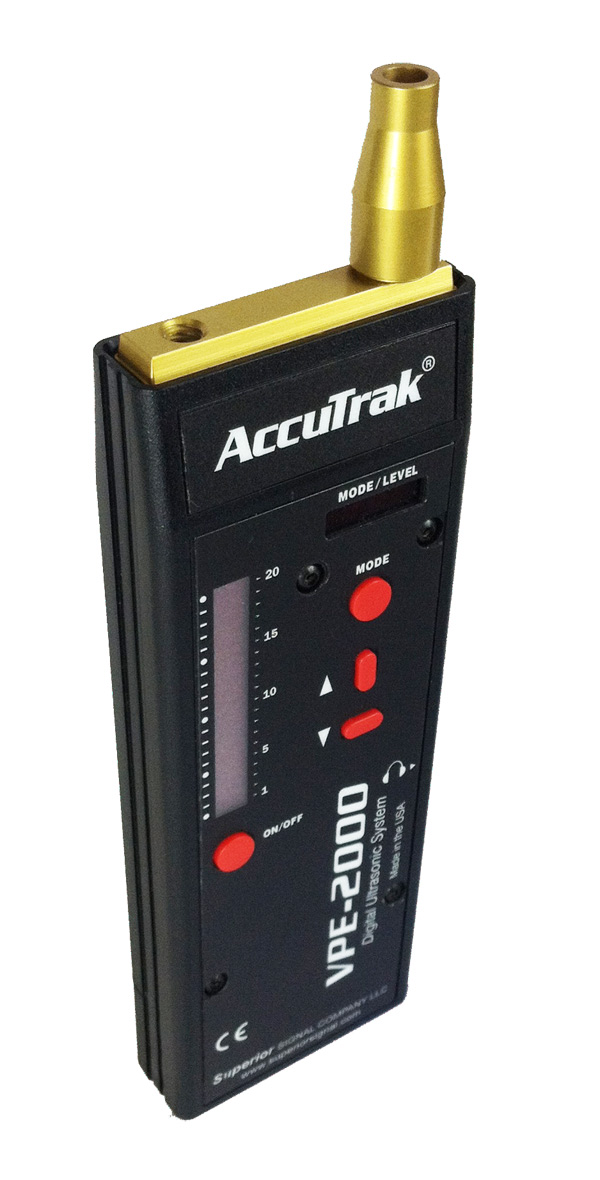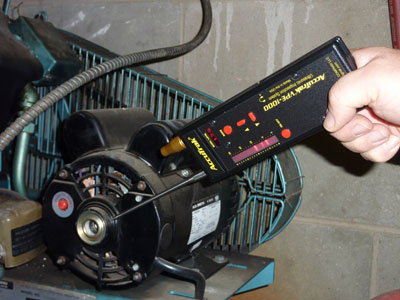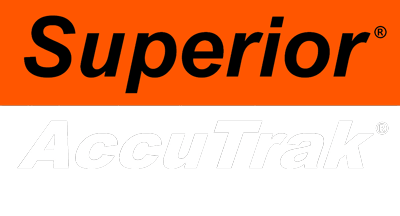Take a Proactive Approach to Maintenance
- By Paul Tashian
 Ultrasonic leak detection can help you predict and correct problems for your customers, before they lead to downtime.
Ultrasonic leak detection can help you predict and correct problems for your customers, before they lead to downtime.
You've no doubt heard the initials PM (Preventive Maintenance) or PDM (Predictive Maintenance). They're part of a changing philosophy in industrial plant maintenance, and those changes are finding their way into HVACR service. The old idea, "If it ain't broke, don't fix it!" is quickly disappearing in today's profit-conscious business environment. In a large food processing plant, for example, downtime can cost tens or even hundreds of thousands of dollars a day. Preventive measures invested in today are easily cost justified if only one fault is identified before an unexpected failure occurs. Certainly, large plants have a lot to lose through downtime; however, the changes in large system maintenance practices can be applied in your HVACR business as well, for any size customer. One way to do that is to include ultrasonic testing among the services you provide.
The PM Philosophy
Most people practice preventive maintenance on their automobiles. Take, for instance, a periodic tire check. Air pressure is checked, and treads examined for wear. With experience, you notice a trend that about every 40,000 to 50,000 miles you know it's time to re-place those tires. Before that happens, you start putting the money aside for new tires before the old ones fail. Why do you keep such a close eye on your tires? To avoid an unexpected blowout. Shouldn't the same practice hold true for expensive HVAC systems? If a chiller goes down in a food storage facility, for example, the results could be devastating.
Industrial plants are rapidly investing in costly tools such  as vibration analyzers to help them predict when failures will occur. Ultrasonic detectors are also showing up in these programs. Beyond leak detection, they've also be-come an important part of preventive maintenance and energy conservation programs.
as vibration analyzers to help them predict when failures will occur. Ultrasonic detectors are also showing up in these programs. Beyond leak detection, they've also be-come an important part of preventive maintenance and energy conservation programs.
Because of recent developments in ultrasonic technology, the HVACR service industry can now not only use ultrasonic instruments as a reactive type instrument (used to find or solve a known problem such as a leak), but as a proactive preventive maintenance tool, as well as a tool you can employ on every regular service call.
Using a ultrasonic detector's contact probe can reveal potential problems, such as worn bearings, before high vibration levels are detectable.
Beyond the Leaks
Ultrasonic detectors have proven their value in finding leaks, especially in windy or gas-saturated areas. They work by detecting the ultrasonic hissing sound of turbulent gas as it escapes the smallest leaks. The sound is then "band-shifted" down, or translated to a lower frequency, where it can be heard through a headset and viewed on a visual meter. Because this method works by sound, it can detect escaping as well as entering gas, such as would occur in in vacuum leaks.
An ultrasonic detector can actually hear the blink of an eye, yet won't detect your voice, even if you yell directly into the sensor. This is because ultrasonic detectors hear only very high frequency sound. This sound can be very loud, but can't be detected by your unaided ear.
Figure 1 shows the frequency spectrum of a leak. Area "A" is the sonic portion, which is in the range of our hearing, while area "B" shows the range ultrasonic detectors are tuned to hear. In mechanical systems high frequency sound comes from FAT: Friction in moving equipment, Arcing of electrical connections, and Turbulence in flow, such as a pressurized gas leak, vacuum leak, or internal system leak, a bad valve for example.
Ultrasonics In Your Business
When service technicians take a proactive maintenance approach it gives your service customers a sense of security they won't get from your competitors.
Ultrasonic instruments are a simple and effective way to create a report card or trend log of a system's health. They let you hear the early warning signs of failure that would otherwise never be detected.
T he bearings and gears contained in compressors, pumps, and motors are constantly wearing down, and they'll eventually fail without proper maintenance. As internal bearing components wear, due to increased friction, there's a corresponding increase in the ultra-sonic sound levels they produce. When readings are inconsistently high for a particular test point, it indicates a problem that needs attention. Ultrasonic instruments with digital meters help gauge the extent of this wear so you can warn your customers before it's too late.
he bearings and gears contained in compressors, pumps, and motors are constantly wearing down, and they'll eventually fail without proper maintenance. As internal bearing components wear, due to increased friction, there's a corresponding increase in the ultra-sonic sound levels they produce. When readings are inconsistently high for a particular test point, it indicates a problem that needs attention. Ultrasonic instruments with digital meters help gauge the extent of this wear so you can warn your customers before it's too late.
Using a spreadsheet, you can record these readings to create charts that can be used to graphically illustrate to customers the increasing wear and need for action.
Figure 2 is an example of how you can chart ultrasonic readings from a shaft bearing on a centrifugal compressor. In this example, the unit was tested every quarter, and readings were consistent until July '97 when the level spiked. Armed with information such as this, you could schedule an appointment to make necessary repairs, or at least warn the owner of the impending failure. Because of its high frequency detection, increasing ultra-sound actually can be realized before high vibration levels are detectable.
Energy Savings
Energy conservation through ultrasonic testing is another major benefit you can offer your service customers. There are two popular energy saving uses for this technology. The first is steam trap testing. A steam trap is designed like an automatic faucet to purge condensate from the system, while retaining the hot steam. When steam traps leak, they fail in the open position, releasing costly live steam. This is the equivalent of leaving your windows open in the winter.
To find these internally leaking traps you use the ultrasonic detector's solid contact probe. Replacing failed steam traps saves hundreds, thousands, or even tens of thousands of dollars in large facilities. In an industrial setting, one leaking trap (/M in. orifice @ 150 PsiG) can lose 27 lbs. of steam/hr., or 226,800 lbs./yr. It costs an average cost of $7/ 1,000 lbs. to produce this steam. So, this one leaking trap will cost a facility over $1,587.60. A common 1A-in. radiator trap will lose $267.36 / heating season. That doesn't sound as costly as the previous example, but if there are 25 bad traps in a facility, they'll loose $6,684.00/ yr. A steam trap survey using ultrasonics is easy to do and is another way this technology adds value to the services you offer.
Testing the tightness of an enclosure such as a walk-in / reach-in refrigerator or freezer is another energy-saving application for ultrasonics. An ultrasonic tone generator placed inside the case emits a high frequency tone of more than 100 decibels. Because the tone is ultrasonic, your unaided ear can't hear it; however, it will travel through any holes or cracks, identifying gaps in door gaskets, cracks in the case, or any point where cold air is escaping. This technique can also be used to check the weather tightness of a building by checking the tightness of windows, • doors, and skylights. You might find areas that need to be caulked or sealed. Again, this is an additional service you can include in service agreements — of course, justifying a higher billing. Because it offers a higher level of sys-tem evaluation, with many diverse applications, incorporating ultrasonics into your business can give you a significant competitive advantage, and a selling tool that generally requires only a minimum investment in time and equipment.


